Text
girl what the fuck is even the theme of a midsummer night’s dream. is there even a lesson to be learned. is it just vibes or what
146K notes
·
View notes
Text
i drove past a lamp shop the other day, and I knew that one day it will be yet another victim of things like this. I was thinking of online shopping, specifically.
What a wonderful world it would be if on every street you could find a cute specialized store with people who do what they love and love what they do. And there would be shiny lamp stores again that sparkle with vintage bulbs filtering through Tiffany glass and faded, colorful, tasseled, lamp shades.
One sad side effect of big box stores is that you just don’t get lifelong hyper fixation guy access like you used to.
Like yeah I can go to Menards and buy a door.
But it used to be I could go to the door store, and speak to a man whose sole passion in life was doors and who would talk about the history of door insulation patterns over the last 50 years without stopping to breathe.
That man is gonna find me the BEST door option for me.
Seriously my neighborhood had one of these. They were across the street from the lighting shop owned by the guy who could tell you the exact date, off the top of his head, that your property got electrical wiring based on your address.
Now these guys rarely get to own a shop, make a good living, and sell the very finest doors for decades. They’re relegated to Reddit posts which are informative but ultimately do not replace door guy having a door shop.
I don’t want to talk to some miserable, underpaid 20 year old who was in plumbing last week and in doors this week and doesn’t know a hammer from a hanger.
I want my door guy back.
33K notes
·
View notes
Text
having anti punitive justice morals sucks because you want to say "man that guy sucks he should get hit with hammers until he dies" but you also want to make it clear you don't think anyone should be put in charge of the 'hit people with hammers until they die" machine.
96K notes
·
View notes
Text
Chat they made Minecraft into a silly goofy cringe movie even through Minecraft is actually about life and earth and the universe and tearing meaning out of the ground and molding it with your hands into something that you can be proud of. They made the pink sheep look ugly and funny for a cheap laugh when it should’ve been a beautiful moment where you, age eleven, come across this rarity, this beautiful anomaly and you hold its face in your hands and stare into its chocolate brown eyes and you realize what the whole world is about. Chat they made it into a joke
62K notes
·
View notes
Text
sometimes I wish reblogs were separate from regular posts, because I'm addicted to reblogging but don't ever post bc I'm scared. I do know I just need to lock in and post more to balance it out. don't just consume, create too!
hmmm should I come up with one of those tags people add to all their posts 🤔
1 note
·
View note
Text

doodles of my favorite silly creature! 💚⚡🩶
I'm probably very much influenced by Red from OSP, she's the reason I started reading the book tbh. I'm over halfway through but not quite done yet 🙏
#osp#overly sarcastic productions#red osp#red overly sarcastic productions#frankenstein#mary shelly's frankenstein#mary shelley#frankenstiensmonster#the creature#artwork#art#doodle#fanart#pencil and paper#traditional drawing#traditional art#sketch#blorbo#character design#character art#victor frankenstein
9 notes
·
View notes
Text
I just had to get this out of my brain
people call lucy grey the spark, Haymitch the flint striker, and katniss the girl on fire, right? and maybe I'm missing something rn because I spent all day reading sotr front to back and it's 2am BUT. the spark part always stuck out to me. I didn't see how it had anything to do with her story because I don't recall there being anything like that in her narrative, even metaphorically speaking. however, Haymitch's flint striker (made by covey btw) is literally a songbird and a snake. depending on your interpretation of the tbosas title that could represent lucy grey alone or both her and snow (which is super interesting because it draws snow into it but I don't have the brain power to make good thoughts and that rn). so now I see it as: lucy grey is the mold/maker of the flint striker, which doesn't have as good a ring, but again, I'm tired and maybe that could just be refined better. the mold made the flint striker and the flint striker made the fire. PLEASE SEE MY VISION
#thg#thg sotr#thg tbosas#thg thoughts#thg theories#sotr#sotr spoilers#sunrise on the reaping#the ballad of songbirds and snakes#tbosas#haymitch abernathy#katniss everdeen#peeta mellark#lucy gray baird#lenore dove#coriolanus snow#president snow
50 notes
·
View notes
Text
"homosexuality is unnatural! there's only two genders! it's a sin-"
I'm sorry, have you seen NATURE???
ALSO THE ARTIST IS HUMON, FIND THEM AT HUMONCOMICS.COM!! was so sure I had included that but apparently I forgot, so sorry!
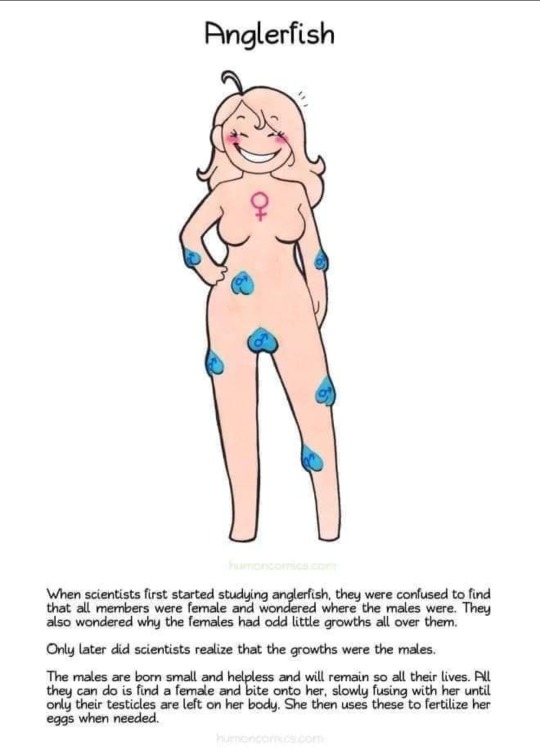
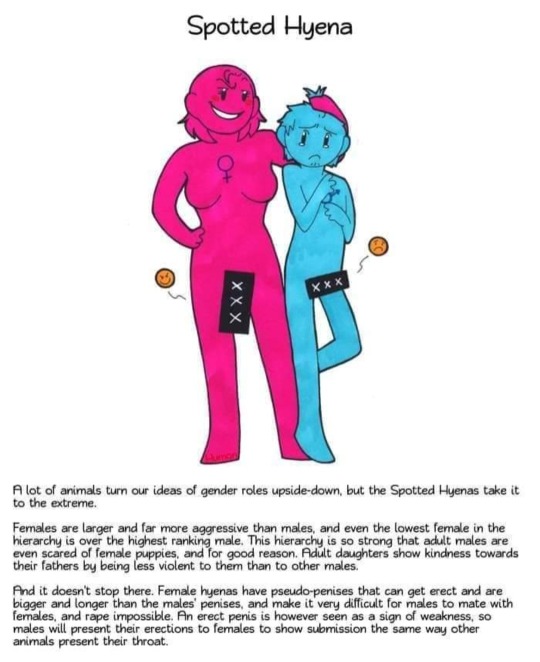
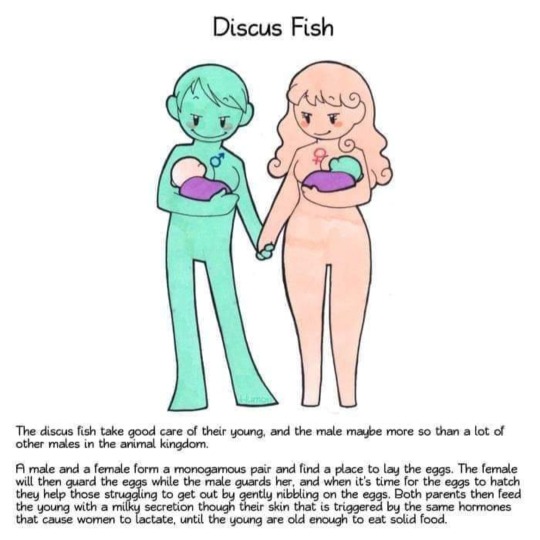


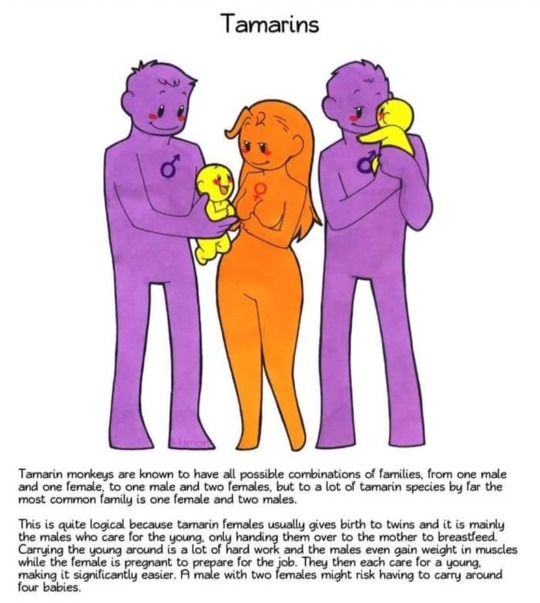
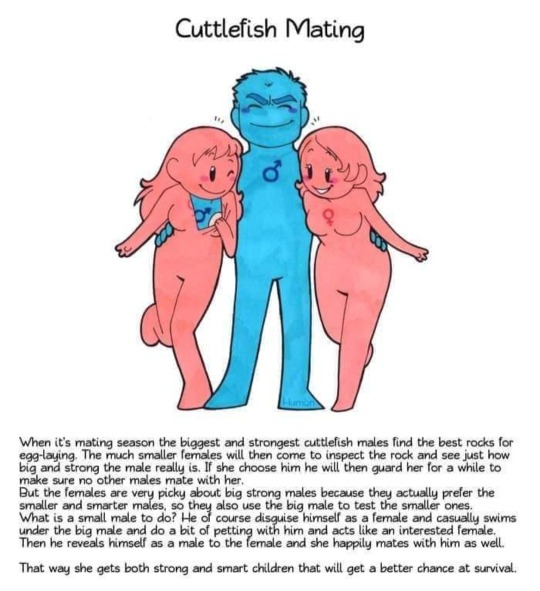
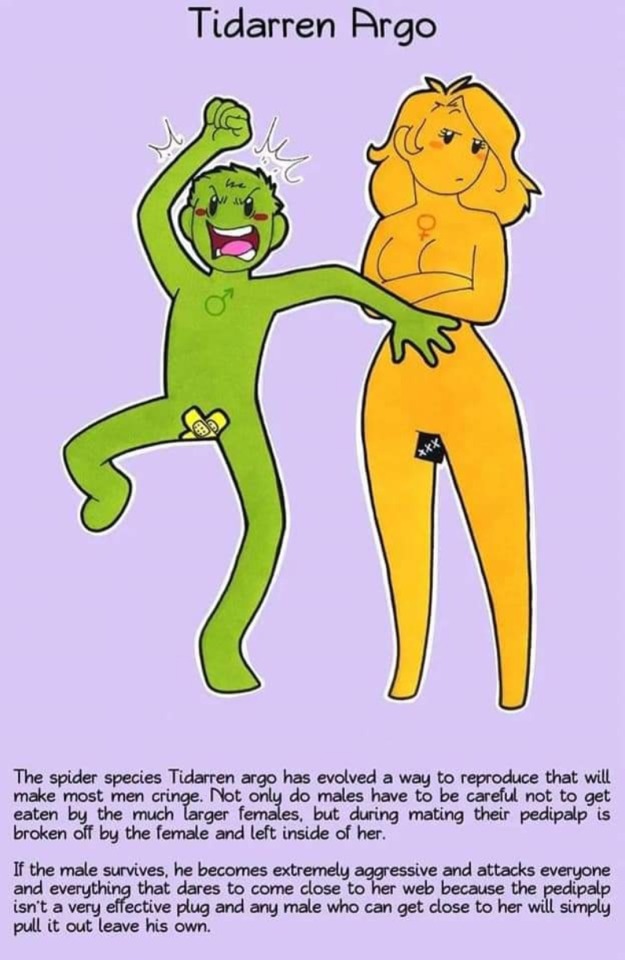
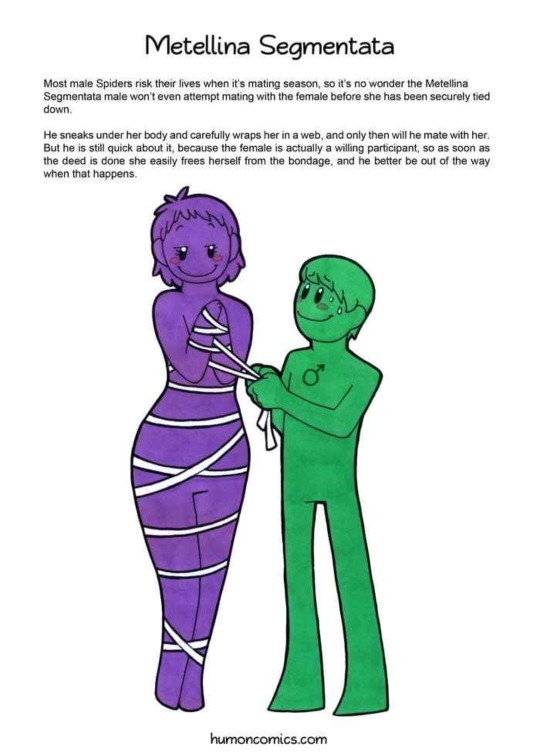
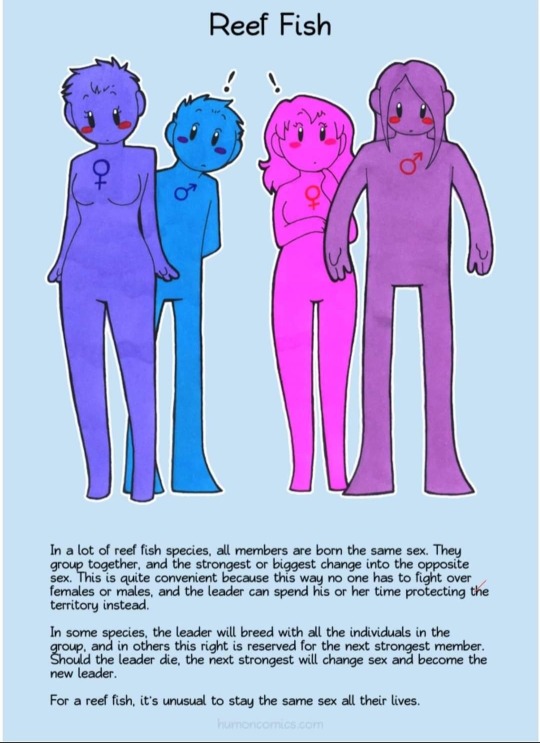

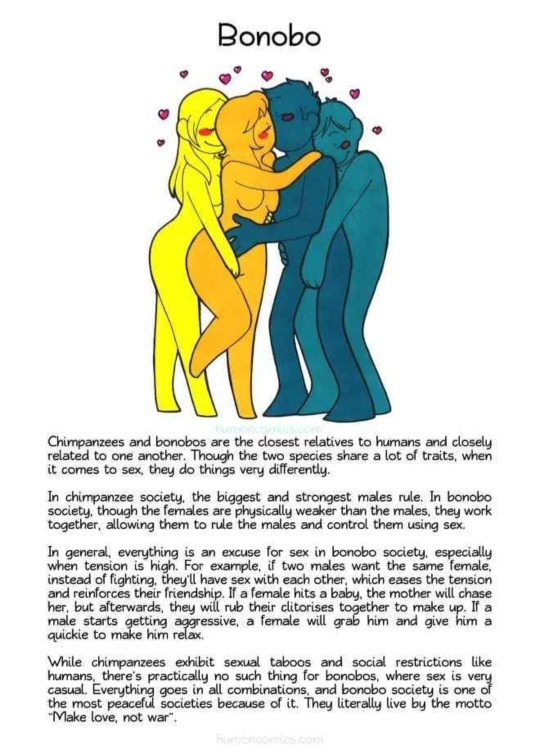




and there's so many more species than this that exhibit homosexuality, varying genders, etc. SO! MANY!
it's very much a natural thing. it always has been. unfortunately, while homosexuality is found in many species, homophobia is only found in one
EDIT: added a keep reading cause this is a long post lol
EDIT: everyone in the comments needs to shut up or I will turn comments off, stop arguing, jeez
125K notes
·
View notes
Text

Ritschert – Ein prähistorischer Eintopf aus der Hallstattzeit
Wie archäologische Funde unsere Ernährungsgeschichte erlebbar machen
(English version below)
Wenn wir an die Hallstattzeit denken – die ältere Eisenzeit Mitteleuropas (ca. 800–450 v. Chr.) – kommen uns oft Grabhügel, Salzbergbau und kunstvolle Fibeln in den Sinn. Doch die Archäologie beleuchtet auch den Alltag dieser längst vergangenen Welt – etwa durch Spuren dessen, was die Menschen aßen. Ein besonders spannendes Beispiel ist der Ritschert, ein einfacher, aber nährstoffreicher Eintopf, dessen Zutaten durch archäologische Funde gut belegt sind.
Archäologischer Hintergrund: Was wurde gefunden?
In Hallstatt (Oberösterreich), dem namensgebenden Ort der Epoche, sind außergewöhnlich gute Erhaltungsbedingungen durch das Salzvorkommen gegeben. Dies ermöglichte die Konservierung organischer Materialien, darunter auch Speisereste.
Ein besonders aufschlussreicher Fund ist ein hölzerner Löffel mit eingetrockneten Speiseresten, der in den feuchten, salzhaltigen Stollen des bronze- und eisenzeitlichen Salzbergwerks gefunden wurde. Die Analyse dieser Reste ergab eine Mischung aus gekochtem Getreide und Hülsenfrüchten – also ein protohistorisches Gericht, das in seiner Zusammensetzung stark an den heutigen Ritschert erinnert.
Zusätzlich wurden in Siedlungen wie dem Dürrnberg bei Hallein und in weiteren hallstattzeitlichen Fundorten verkohlte Getreidekörner (v. a. Gerste, Emmer und Einkorn) sowie Linsen, Erbsen und andere Hülsenfrüchte geborgen. Diese Pflanzen konnten durch archäobotanische Untersuchungen (z. B. Flotation) identifiziert werden. Auch Spuren von tierischen Fetten oder Fleischanteilen in Gefäßfragmenten deuten auf einfache Eintopfgerichte hin, bei denen vorhandene Zutaten kombiniert wurden.
Ritschert: Ein Rezept aus der Vergangenheit
Auf Basis dieser Funde lässt sich das Rezept für einen hallstattzeitlichen Eintopf rekonstruieren. Dabei orientieren wir uns an nachgewiesenen Zutaten und Kochmethoden, ohne moderne Produkte wie Kartoffeln oder Tomaten, die erst Jahrtausende später nach Europa kamen.
Um das Gericht nicht nur theoretisch zu rekonstruieren, sondern auch wirklich erlebbar zu machen, haben wir uns selbst ans Werk gemacht – ganz im Sinne der experimentellen Archäologie. Unser Ziel: Ritschert unter möglichst authentischen Bedingungen nachzukochen.
So sind wir vorgegangen:
🔥 Das Feuer wurde mit Feuerstein und Feuereisen entzündet – ganz ohne moderne Hilfsmittel. Nach ein paar Versuchen und mit Hilfe von Zunder (getrocknetem Stroh und Baumrinde) gelang es uns, eine stabile Glut zu entfachen.
🍲 Gekocht wurde über dem offenen Feuer in einem gusseisernen Topf
🌾🥕Als Zutaten wählten wir eine authentische Mischung aus:
Gerste
Hirse
Linsen
Käferbohnen (Ackerbohnen waren schwer zu bekommen)
🧂Dazu kamen etwas Salz (das ich im Vorjahr bei einem Besuch im Salzbergwerk in Hallstatt selbst mit Rillenschläger abgebaut habe) und ein paar Wildkräuter wie getrockneter Bärlauch.
Mein Eindruck:
Der Eintopf war überraschend aromatisch und sättigend. Die nussige Note der Hirse und der kräftige Geschmack der Linsen harmonierten hervorragend. Auch wenn die Kochzeit deutlich länger war als auf einem modernen Herd, war das Erlebnis rundum lohnend – und vermittelte ein greifbares Gefühl dafür, wie viel Aufwand hinter einer „einfachen“ Mahlzeit in der Eisenzeit stecken konnte. Und: Es schmeckt auch heute noch richtig gut – vor allem, wenn man es selbst über dem Feuer zubereitet. 🔥🔥
Zutaten (für ca. 4 Personen):

200 g Rollgerste (alternativ Emmer oder Einkorn)
150 g getrocknete Linsen oder Erbsen
1 kleine Zwiebel (optional – im Mitteleuropa der Hallstattzeit nicht sicher belegt, aber möglich)
1 Karotte oder Pastinake (optional – wird als Wurzelgemüse diskutiert)
100 g geräucherter Speck oder getrocknetes Fleisch (für eine festliche Variante)
Salz (in Hallstatt durch Salzbergbau gut verfügbar!)
Wildkräuter wie Bärlauch, Liebstöckel oder Fenchel (wenn regional nachgewiesen)
Wasser
Zubereitung:
Einweichen: Hülsenfrüchte und Getreide über Nacht einweichen – dies verkürzt die Kochzeit erheblich.
Kochen: Etwas Fett (z. B. Speck) in einem Topf erhitzen (über offenem Feuer oder moderner Herdplatte), ggf. Zwiebel anbraten. Dann Getreide und Hülsenfrüchte zugeben.
Köcheln lassen: Mit Wasser aufgießen und ca. 60–90 Minuten köcheln lassen. Wurzelgemüse kann nach ca. 30 Minuten zugegeben werden.
Abschmecken: Mit Salz und frischen oder getrockneten Wildkräutern abschmecken. Historisch belegt ist insbesondere der Gebrauch von Bärlauch in Mitteleuropa.
Servieren: Am besten heiß und rustikal – vielleicht sogar in einer Replik eines hallstattzeitlichen Keramikgefäßes?
Ein Geschmack der Geschichte
Ritschert ist mehr als nur ein Eintopf – es ist ein kulinarisches Fenster in die Vergangenheit. Durch archäologische Funde wie den Speiserest im Löfgel von Hallstatt wird greifbar, was Menschen vor über 2500 Jahren aßen. Die Kombination aus nahrhaften Zutaten, einfacher Zubereitung und regionaler Verfügbarkeit macht Ritschert auch heute noch zu einem spannenden und geschmackvollen Gericht – besonders für alle, die Geschichte nicht nur lesen, sondern schmecken wollen.
Quellenhinweis:
Wenn ihr tiefer einsteigen wollt, lohnt sich ein Blick in die Publikationen des Naturhistorischen Museums Wien oder in archäobotanische Berichte aus Hallstatt und dem Dürrnberg.
Fachliteratur & Aufsätze
Stöllner, T. / Oeggl, K. (Hrsg.) (2004):
Die Geschichte des Salzbergbaus in Hallstatt. Archäologie, Naturwissenschaften und Geschichte im Salzkammergut
————————-
Oeggl, K. (1994):
Pflanzliche Reste aus dem prähistorischen Salzbergwerk von Hallstatt – Ein Beitrag zur Ernährungsgeschichte.
In: Archaeologia Austriaca 78, S. 51–66.
————————
Reschreiter, H. / Kowarik, K. / Oeggl, K. (2013):
Hallstatt – Das älteste Salzbergwerk der Welt.
In: Archäologie in Deutschland, Heft 6/2013, S. 10–17.
————————
Oeggl, K. / Kofler, W. / Schmidl, A. (2007):
The archaeobotanical record of the prehistoric salt mine of Hallstatt (Austria).
In: Vegetation History and Archaeobotany 16, S. 261–267.
Museale & digitale Quellen
Naturhistorisches Museum Wien – Prähistorische Abteilung
https://www.nhm-wien.ac.at/ → Bereich „Hallstattzeit“
– Ausstellung und Online-Materialien zum Salzbergwerk Hallstatt und Ernährung im prähistorischen Alltag.
——————
Salzwelten Hallstatt (Besucherzentrum & Forschungskooperation)
https://www.salzwelten.at/
– Informationen zur aktuellen Forschung und Führungen durch das historische Bergwerk.
——————-
Projekt „Prehistoric Salt Mines“ – Montanarchäologie Hallstatt
https://www.salzkammergut-archaeologie.at/
– Sehr gute Übersicht aktueller archäologischer Arbeiten, inklusive Fundberichte.
Lust bekommen, es selbst auszuprobieren?
Ritschert ist mehr als nur ein archäologisches Experiment – es ist eine Einladung, Geschichte mit allen Sinnen zu erleben. Ob über dem Lagerfeuer, auf dem Campingkocher oder ganz bequem am heimischen Herd: Wer dieses eisenzeitliche Gericht nachkocht, taucht ein in eine längst vergangene Welt und lernt den Alltag unserer Vorfahren auf ganz neue Weise kennen.
Probiert es aus, spielt mit verschiedenen Getreide- und Hülsenfruchtkombinationen – und wenn ihr mögt, versucht euch sogar am Feuermachen mit Feuerstein und Feuereisen!🔥
Teilt eure Erfahrungen gerne: Schickt Fotos, schreibt mir, wie es euch geschmeckt hat – oder berichtet, wenn ihr selbst eine archäologisch inspirierte Kochaktion startet. Denn Essen verbindet – gestern wie heute. 🥰
__________________________________________
English version
Ritschert – A Prehistoric Stew from the Hallstatt Period
How archaeology helps us taste the past
When we think of the Hallstatt period – the early Iron Age of Central Europe (c. 800–450 BC) – we often picture burial mounds, salt mining, and ornate brooches. But archaeology also sheds light on daily life, including what people ate. A particularly fascinating example is Ritschert, a simple yet nutritious stew whose main ingredients are well documented through archaeological finds.
Archaeological Background: What Was Found?
In Hallstatt, Austria – the type site of the Hallstatt culture – the exceptional preservation conditions due to salt mining allowed the survival of organic materials, including food remains.
One especially telling find is a wooden spoon with dried-up food residue discovered in the prehistoric salt mine. Scientific analysis revealed a mixture of cooked cereals and legumes, strongly resembling a dish like Ritschert.
Additionally, excavations at settlements such as Dürrnberg near Hallein unearthed carbonized grains (mainly barley, emmer, and einkorn) and lentils and peas. These remains were recovered through archaeobotanical methods like flotation and give insight into prehistoric agriculture and diet. Traces of animal fats and protein residues in ceramic fragments suggest that meat or fat was sometimes added – perhaps for special occasions.
Ritschert: A Taste of Prehistoric Cuisine
Based on archaeological evidence, this reconstructed recipe uses authentic ingredients and cooking methods (adjusted for modern kitchens), excluding any post-Columbian imports like potatoes or tomatoes.
To not only reconstruct the dish theoretically but to truly experience it, we decided to try it ourselves – in the spirit of experimental archaeology. Our goal: to cook Ritschert under the most authentic conditions possible.
Here’s how we did it:
🔥The fire was ignited using flint and steel, entirely without modern tools. After a few attempts – and with the help of tinder made from dried grass and tree bark – we managed to get a steady ember going.
🍲 We cooked over an open fire, using an iron pot
🌾🥕For ingredients, we chose an authentic mixture of:
Barley
Millet
Lentils
Scarlet runner beans (because broad beans were hard to get)
🧂We also added a bit of salt (that I mined myself last year in the mine in Hallstatt with a grooved mallet) and some wild herbs, such as dried wild garlic.
My impression:
The stew was surprisingly flavorful and filling. The nutty note of the millet and the strong taste of the lentils complemented each other beautifully. Although the cooking time was much longer than on a modern stove, the entire experience was deeply rewarding – and gave us a tangible sense of just how much effort went into a “simple” meal in the Iron Age.
Ingredients (serves ~4):
200 g barley (or emmer/einkorn)
150 g dried lentils or peas
1 small onion (optional – not securely attested in Hallstatt but plausible)
1 carrot or parsnip (optional – root vegetables debated but likely)
100 g smoked bacon or dried meat (for a festive version)
Salt (readily available in Hallstatt!)
Wild herbs such as wild garlic, lovage, or fennel (if regionally found)
Water
Instructions:
Soak: Soak the grains and legumes overnight to reduce cooking time.
Sauté (optional): Lightly fry diced bacon and onion in a large pot.
Simmer: Add soaked grains and legumes, cover with water, and simmer for 60–90 minutes. Add root vegetables halfway through.
Season: Salt to taste and finish with fresh or dried herbs.
Serve: Best enjoyed hot, ideally by a fire in a replica ceramic pot for the full Hallstatt experience!
A Taste of the Past
Ritschert is more than a meal – it’s an edible connection to prehistoric life. Thanks to archaeological finds like the food residue on the wodden spoon from Hallstatt, we can reconstruct not only what people ate over 2,500 years ago, but also how they lived. With its rich, earthy flavors and hearty ingredients, Ritschert is both a historical reenactment and a delicious way to engage with the past.
Further Reading & Academic Sources
If you'd like to explore this topic further, here are some reliable scholarly sources and museum resources:
Books & Articles:
Stöllner, T. & Oeggl, K. (eds.) (2004):
Die Geschichte des Salzbergbaus in Hallstatt. Archäologie, Naturwissenschaften und Geschichte im Salzkammergut
Mainz: Römisch-Germanisches Zentralmuseum (RGZM).
———————-
Oeggl, K. (1994):
Plant remains from the prehistoric salt mine of Hallstatt – a contribution to the history of nutrition.
In: Archaeologia Austriaca 78, pp. 51–66.
———————
Reschreiter, H. / Kowarik, K. / Oeggl, K. (2013):
Hallstatt – The Oldest Salt Mine in the World.
In: Archäologie in Deutschland, issue 6/2013, pp. 10–17.
———————-
Oeggl, K. / Kofler, W. / Schmidl, A. (2007):
The archaeobotanical record of the prehistoric salt mine of Hallstatt (Austria).
In: Vegetation History and Archaeobotany 16, pp. 261–267.
Museum & Online Resources:
Natural History Museum Vienna – Prehistory Department
https://www.nhm-wien.ac.at
– Offers exhibits and online content on the Hallstatt period and prehistoric nutrition.
—————————-
Salzwelten Hallstatt (Visitor Center & Research Collaboration)
https://www.salzwelten.at
– Features tours and updated research about the Hallstatt salt mine.
—————————-
Prehistoric Salt Mines Project – Hallstatt Archaeology
https://www.salzkammergut-archaeologie.at
– Excellent overview of archaeological projects, including reports on organic finds.
Feeling inspired to try it yourself?
Ritschert is more than just an archaeological experiment – it’s an invitation to experience history with all your senses. Whether you cook it over a campfire, on a camping stove, or right at home in your kitchen: preparing this Iron Age stew is a unique way to connect with the everyday life of our ancestors.
Give it a try, experiment with different combinations of grains and legumes – and if you’re feeling adventurous, try lighting your fire with flint and steel like we did!🔥
We’d love to hear from you: Share your photos, let us know how it tasted, or tell us if you host your own archaeology-inspired cooking session. After all, food brings people together – now just as it did 2,500 years ago.🥰
3 notes
·
View notes
Text

Marine Style, Minoan pottery
Neopalatial period, 1700-1400 BC
Archaeological Museum of Herakleion, Crete/Greece
593 notes
·
View notes
Text

Me whenever anyone in my life expresses any interest when I talk about my obsession with prehistoric anthropology.
81 notes
·
View notes
Text
Love the word "also". I have more things to say
71K notes
·
View notes
Text
"y'all's" is the best regional solution to the english second person plural possessive problem but "your guyses" is my favorite because it sucks
48K notes
·
View notes
Text
honestly being around people who are not uncomfortable with you having feelings and desires makes the people who were uncomfortable so much worse in retrospect
22K notes
·
View notes
Text
Oh, and by the way, that Supreme Court ruling is where that Harry Potter money goes.
64K notes
·
View notes

